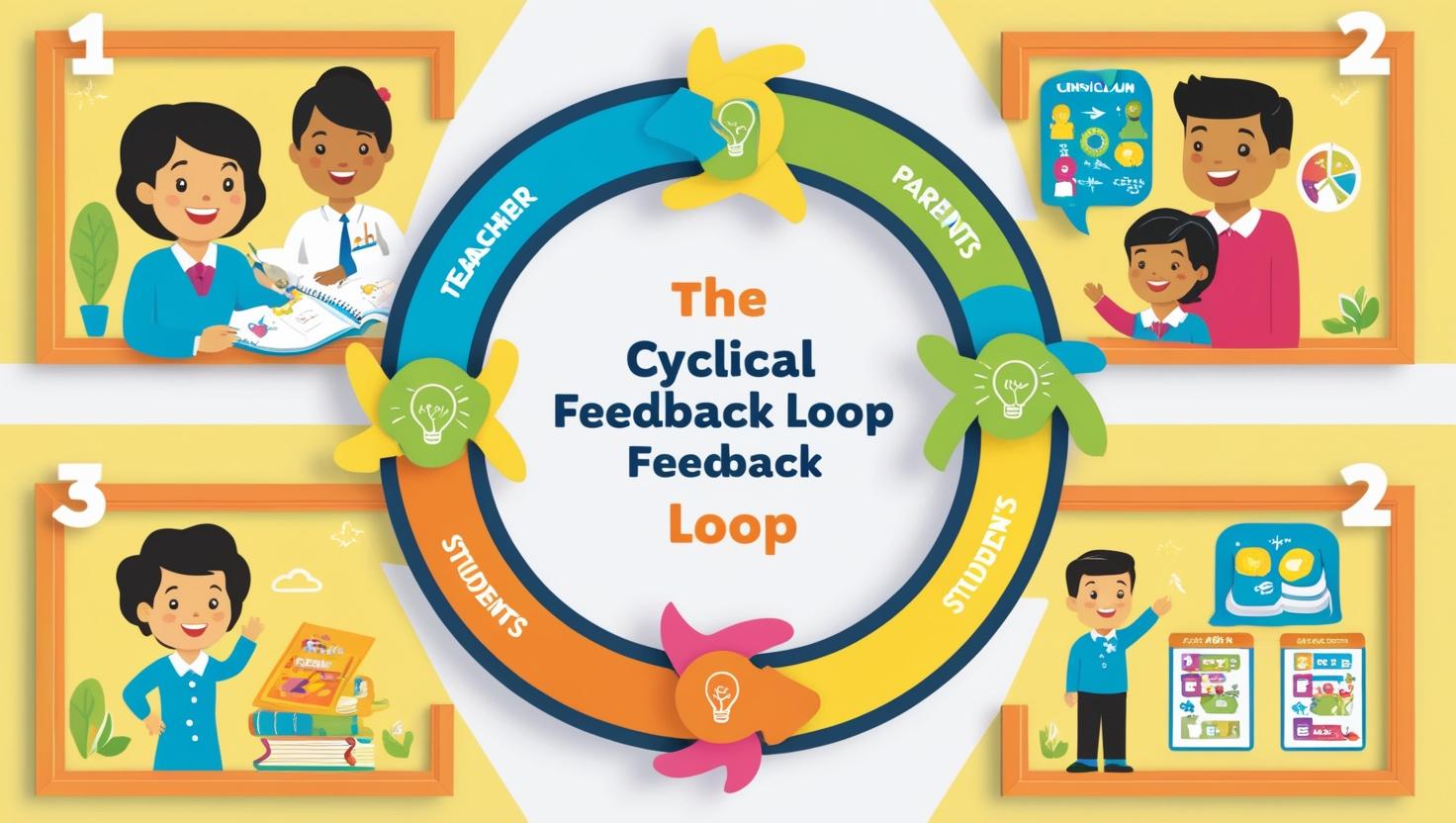
Mastering child education concepts requires continuous evaluation of your understanding and growth. A well-designed feedback loop helps identify strengths, address weaknesses, and refine your approach over time. This guide provides actionable steps to create a feedback loop tailored to your learning journey.
1. Set Clear Learning Objectives
Before building your feedback loop, define what you aim to achieve in your study of child education.
- Understand foundational concepts (e.g., cognitive development, learning styles).
- Master practical techniques (e.g., play-based learning, positive reinforcement).
- Explore advanced topics (e.g., integrating technology into classrooms).
2. Methods for Self-Assessment
A. Concept Checks
- After studying a topic, write a brief explanation of the concept in your own words.
- Use the Feynman Technique: Teach the concept as if explaining it to a young child.
B. Practice Scenarios
- Create or analyze scenarios where child education principles are applied.
- Ask yourself: What approach would I take? Why?
C. Reflective Journaling
- Keep a journal to record your daily or weekly learning highlights.
- Reflect on what you found challenging and how you plan to improve.
D. Self-Quizzing
- Develop quizzes on key topics using tools like Quizlet or Google Forms.
- Include questions of varying difficulty to ensure comprehensive review.
3. Feedback from Others
A. Peer Reviews
- Share your lesson plans, reflections, or ideas with colleagues or mentors in child education.
- Request constructive feedback on clarity, creativity, and effectiveness.
B. Observe and Learn
- Observe experienced educators and compare their methods to your understanding.
- Take notes on what aligns with your knowledge and what differs.
C. Seek Feedback from Children
- Test your ideas or activities with children and note their engagement and responses.
- Use their reactions to refine your methods.
4. Progress Tracking Tools
A. Use a Learning Dashboard
- Create a spreadsheet or use apps like Notion or Trello to log your completed topics, scores from self-quizzes, and feedback received.
B. Set Milestones
- Break your learning into manageable phases (e.g., basic, intermediate, advanced).
- Celebrate achievements at each milestone.
C. Periodic Reviews
- Schedule monthly or quarterly reviews to revisit previous topics and gauge retention.
- Reflect on areas of growth and areas needing more focus.
5. Incorporating Iterative Learning
A. Adjust Goals Regularly
- As you progress, revise your objectives to challenge yourself further.
B. Embrace Mistakes
- Treat mistakes as learning opportunities. Reflect on what went wrong and how to improve.
C. Diversify Learning Resources
- Use books, videos, workshops, and real-world observation to gain a multifaceted understanding of child education.
Example Feedback Loop in Action
- Study Topic: Learning Styles in Children.
- Self-Assessment:
- Write a summary explaining visual, auditory, and kinesthetic learning.
- Create a mock lesson plan for each style.
- Feedback from Others: Share the plans with an experienced educator for input.
- Track Progress: Note improvements in adapting teaching strategies for different styles.
- Iterate: Apply feedback, refine lesson plans, and retest with a new group of learners.
Benefits of a Feedback Loop
- Clarity: Pinpoints areas needing improvement.
- Engagement: Keeps your learning dynamic and interactive.
- Growth: Builds confidence as you see measurable progress over time.
Functional External Links
#ChildEducation #ContinuousLearning #SelfAssessment #EducationProgress #LearningJourney








Be the first to leave a comment